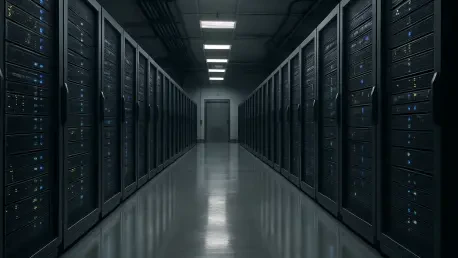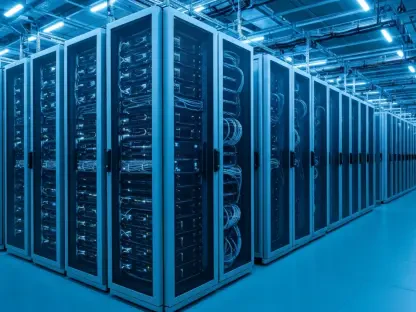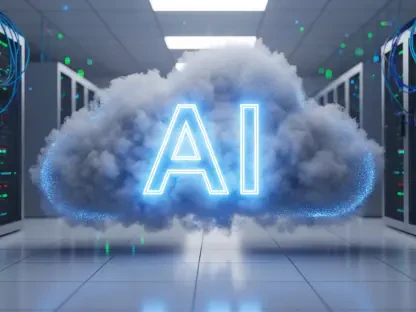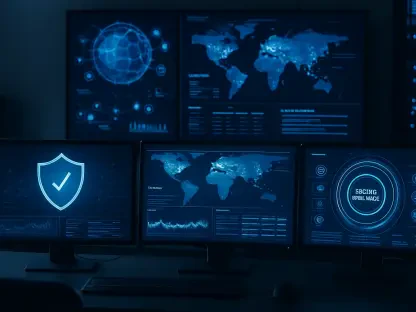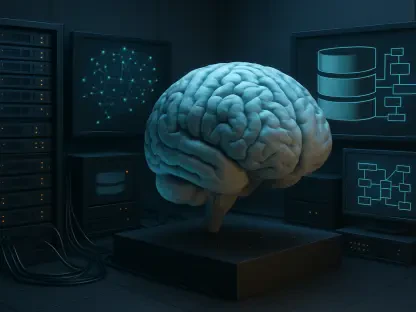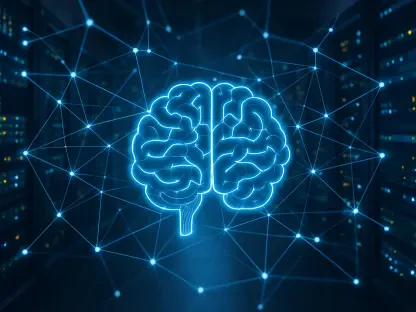I’m thrilled to sit down with Matilda Bailey, a renowned networking specialist with a deep focus on cutting-edge technologies and trends in cellular, wireless, and next-gen solutions. With the data center industry at a critical juncture, grappling with unprecedented growth and looming energy challenges, Matilda brings a unique perspective on how connectivity and infrastructure intersect with power demands. Today, we’ll explore the groundbreaking Data Center World POWER event, the pressing power shortages impacting data center expansion, the shift in site selection strategies, and the innovative solutions shaping the future of this industry.
Can you share what makes Data Center World POWER such a pivotal event for addressing energy challenges in the data center industry?
Absolutely, this event is a game-changer. With the data center industry growing at an explosive pace, power has become the biggest hurdle. Data Center World POWER, happening in San Antonio from September 29 to October 1, 2025, is designed to bring together utilities, operators, and tech innovators to tackle this head-on. It’s not just about identifying problems—it’s about crafting real, actionable solutions to ensure the grid can support the massive demand driven by AI and cloud computing. Unlike broader expos, this event zeros in on energy, making it a critical platform for collaboration.
Why do you think San Antonio, Texas, was selected as the host city for this inaugural event?
San Antonio is a strategic choice. Texas has become a hub for data center growth, largely due to its unique grid system and the lessons learned from balancing massive demand with reliability. The city also offers a central location with great infrastructure for hosting large-scale events. Plus, being in Texas allows attendees to draw from the state’s real-world experiences with power challenges, which are front and center for the industry right now. It’s a fitting backdrop for these urgent discussions.
How does the focus of Data Center World POWER differ from other industry events you’ve seen or attended?
What sets this event apart is its laser focus on energy. Most data center conferences cover a wide range of topics—hardware, cooling, security, networking—but power often gets just a passing mention. Here, everything revolves around solving the power availability crisis, from grid constraints to alternative energy sources like microgrids or small modular reactors. It’s a deep dive into the one issue that could make or break the industry’s future, especially with AI driving unprecedented energy needs.
What are some of the major power challenges facing data centers today, and why are they so critical?
The biggest issue is the sheer scale of the power shortage—over 45 gigawatts, according to recent reports. That’s a staggering gap between what data centers need and what the grid can supply. With over 12,000 projects waiting for grid connection, expansion is stalling. This isn’t just a technical problem; it’s a bottleneck that threatens economic growth, innovation, and the rollout of technologies like AI. Without enough power, new facilities can’t come online, and existing ones can’t scale, which could slow down everything from cloud services to 5G deployment.
How is the growing demand for power reshaping where data centers are being built?
Historically, data centers clustered near major metro areas for low latency and connectivity—think ‘Data Center Alley’ in Virginia. But with power shortages in those regions, the priority is shifting to wherever abundant, reliable energy is available. Site selection now hinges on access to power over proximity to users. This means operators are looking at less traditional locations, weighing factors like grid capacity and renewable energy potential over urban closeness, which is a huge paradigm shift.
What’s driving the interest in unconventional locations like Alaska for data center development?
Alaska is fascinating because it offers some unique advantages. Its cold climate drastically reduces cooling costs, which is a massive expense for data centers. On top of that, it has abundant natural resources like natural gas and potential for renewables, plus geographic isolation that lowers certain risks. These factors make it attractive for operators desperate for sustainable, cost-effective power solutions. It’s not just about building anywhere—it’s about leveraging natural benefits to offset the energy crisis elsewhere.
How do you see keynote discussions, like those on AI power needs, influencing the broader conversation at the event?
Keynotes focusing on AI are crucial because AI workloads are a primary driver of the power surge. Racks now draw upwards of 100 kilowatts, and campuses need gigawatts. These talks will likely unpack how to design infrastructure that can handle such density while staying efficient. They’ll push the industry to think beyond traditional power sources and explore innovations like advanced energy storage or optimized grid integration, setting the tone for how we scale sustainably in the face of AI’s demands.
What lessons do you think attendees can learn from Texas’s experience with balancing data center growth and grid reliability?
Texas is a real-world case study in managing explosive growth under pressure. Their grid has had to adapt quickly to huge data center loads while integrating diverse energy sources like wind, solar, and natural gas. The state’s approach to collaboration between operators and grid authorities offers a blueprint for others. Attendees can learn how to navigate interconnection delays, balance resiliency with demand, and even influence policy to create a more flexible energy ecosystem—lessons that apply nationwide.
What impact do you hope Data Center World POWER will have on the future of sustainable data center operations?
I hope this event sparks a wave of innovation and partnership. By uniting utilities, policymakers, and operators, it has the potential to break down silos and drive solutions like alternative power sources or smarter grid investments. Sustainability isn’t just a buzzword here—it’s a necessity. If successful, this event could set new standards for energy efficiency and inspire a roadmap for powering data centers without overwhelming the grid, ensuring growth doesn’t come at the environment’s expense.
Looking ahead, what is your forecast for the future of energy solutions in the data center industry?
I’m cautiously optimistic. We’re at a tipping point where necessity will drive innovation. I foresee a mix of solutions gaining traction—microgrids for localized power, small modular reactors for long-term stability, and advanced storage to smooth out grid fluctuations. AI will also play a role in optimizing energy use. But it won’t happen overnight; it’ll require serious investment and policy support. Over the next decade, I expect we’ll see a more decentralized, resilient energy landscape for data centers, provided we act decisively now.
